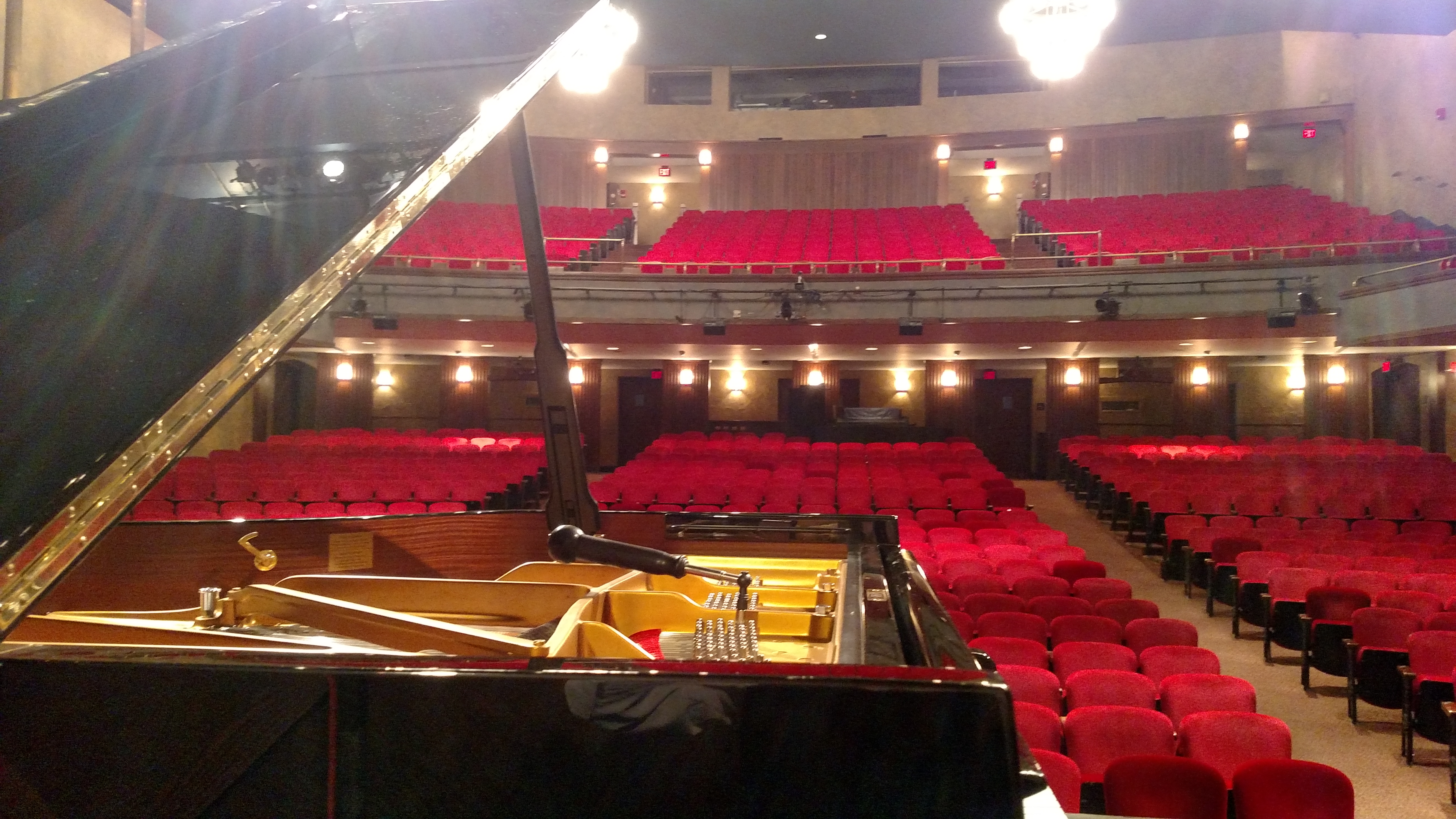Christopher Hill, RPT
(609) 426-1818
- Tuning
The average piano has 220 steel strings stretched over a cast iron plate, with an average tension of 18 tons (when the piano is “up to pitch.” This means that the A above middle C vibrates at 440 cycles per second.) The strings push “down” on a wood frame, through the bridges and soundboard. So temperature and humidity changes affect the tuning. Tuning puts those 220 strings back in harmony with each other.
- Repairs
Strings, hammers, broken or stuck keys, etc. the list potential repairs is long! I will let you know if there is a repair that I am not capable of doing.
The only repairs I absolutely do not do are furniture related, scratches, etc.
- Regulation
This refers to the many moving parts of a piano “action.” Adjustments to their position, from their rest through the key stroke, is called “regulation.” As pianos age and wear they sometimes need to be corrected in this regard.
- Voicing
This refers to the quality of the tone, other than it’s tuning. Is the piano “dead” sounding, or too “bright” or “tinny?” We don’t really have the proper words to describe sound, but and evaluation of these issues can be discussed AFTER the piano is tuned. (Sometimes voicing issues disappear with a good tuning!)
- Rebuilding
This is replacing the major parts of the piano that wear out over time. I am always happy to discuss the options in this area.
- Climate Control Systems
Installing a Dampp-Chaser system can help keep your piano from going wildly out of tune. In some cases, they can save your piano from catastrophic failures. Steady humidity is so important for a piano!
